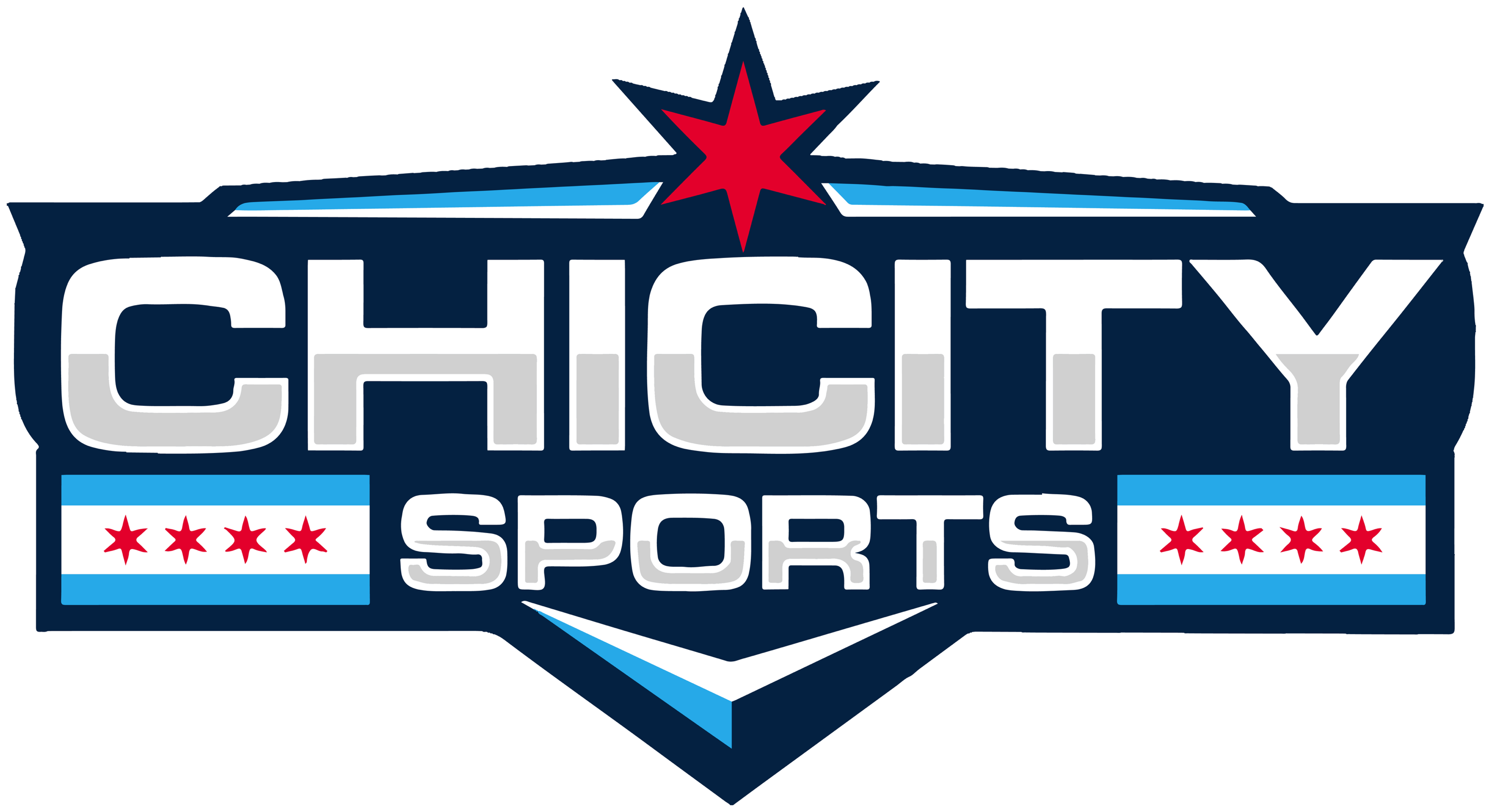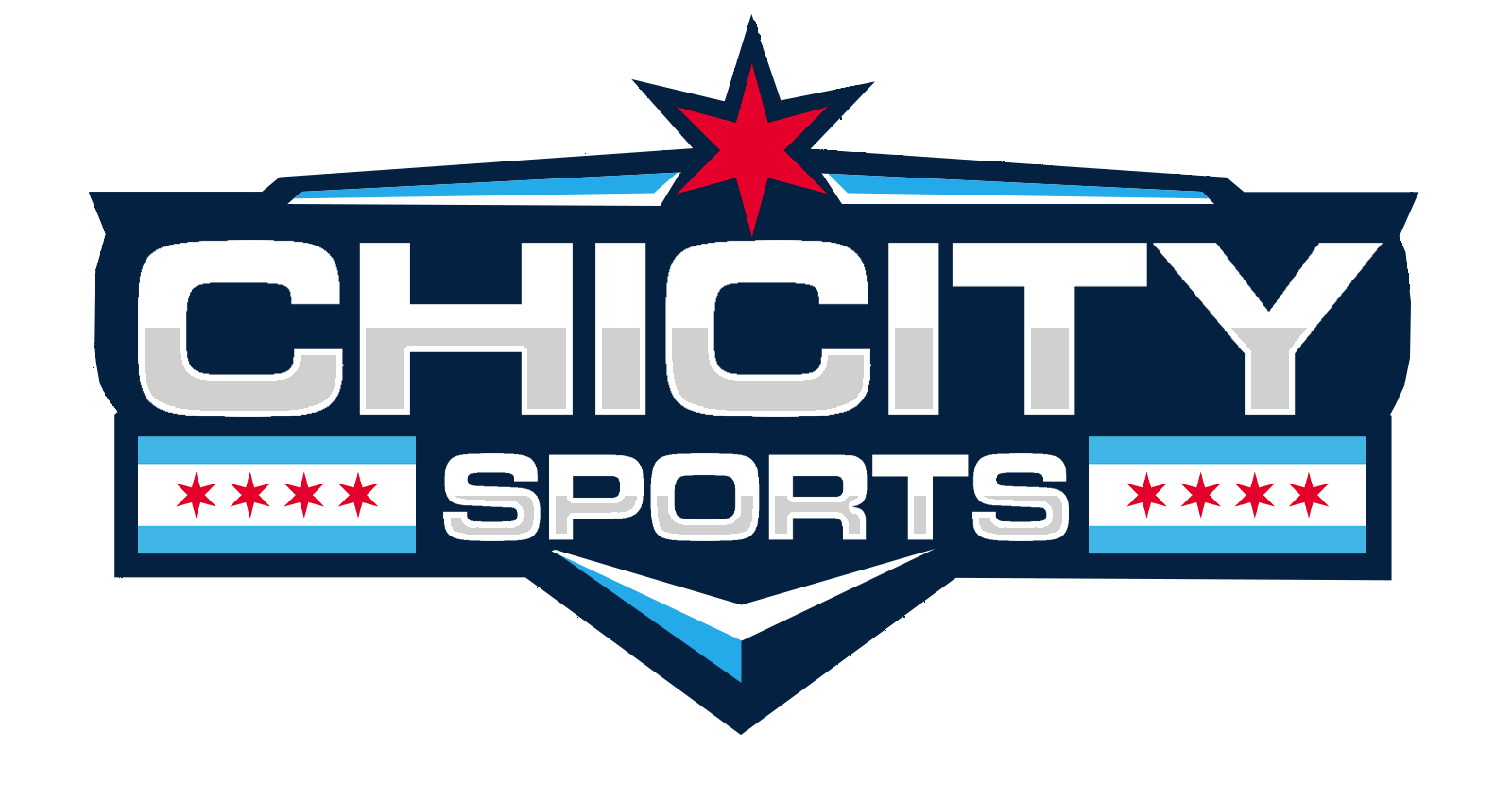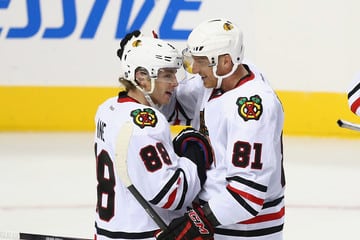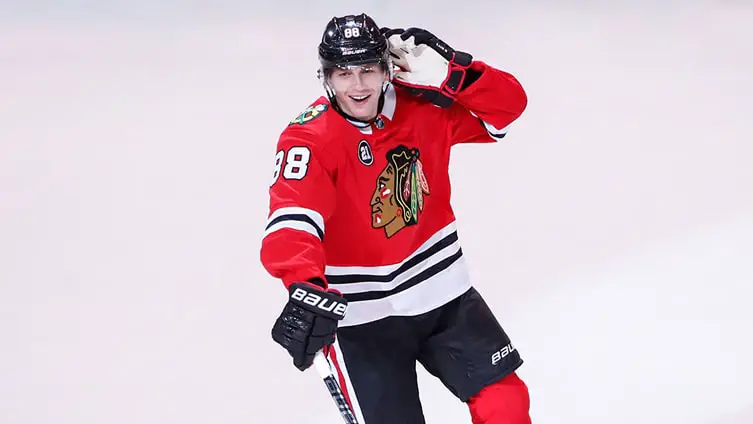In a recent NHL.com article discussing the top 16 right wingers in the expansion era (1967 to present), both Patrick Kane and Marian Hossa were selected as number 7th and number 12th, respectively; with Kane being the only active player of the lot. Their inclusion in such a list is unsurprising, but their rankings may ruffle a few feathers.
For Chicago Blackhawks fans, debates like this have raged for years now. Arguing which players should get their numbers retired and who is better between Player A and Player B (usually Kane and Toews) are subjects that have been commonplace during the Blackhawks’ Stanley Cup era. Now that such a debate has made the national stage, the question must be posed here: should Kane really be ranked higher than Hossa?
Before we get too messy, let’s clear this out of the way right now: both players are Hall of Famers. Both players are more than deserving to be on this list; in addition to any list that would include the greatest players in NHL history. Both players are offensive juggernauts who have accumulated over 1,000 points in their careers; and both players were utterly critical in every one of the Blackhawks’ three Stanley Cup victories in the past decade.
That said, there are indeed key differences in each player’s game:
Two-way Play
Perhaps the most important and obvious difference between both players, it’s impossible to not give the edge to Hossa here. For as much as Hossa was offensively productive, he was just as responsible defensively. He made back-checking an art form and his on-ice awareness on the defensive side of the puck is what made him an elite NHL talent. Along with Jonathan Toews, Hossa was not only relied upon offensively but also in defensively shutting down the opponents’ top lines. It is no accident that Toews’ all-around play has never been the same since Hossa’s retirement in 2017.
Other than the fact that the Selke Trophy for best defensive forward was usually reserved for centers, it’s mind-boggling to this day that Hossa was never awarded the honor.
Although Patrick Kane has come a long way from his early years in the league, his defensive play still lacks overall and pales in comparison to Hossa’s. Kane’s bread and butter has always been on offense — which is absolutely fine, considering how much of an offensive powerhouse he’s always been. Kane is the type of player that Hossa would be assigned to shut down, but not the type a coach would utilize to shut down others.
Special Teams
Both Kane and Hossa were productive fixtures on the power-play. From 2010 to 2017, Hossa amassed 40 goals and 62 assists (102 points) in 534 games played; while Kane averaged 66 goals and a whopping 123 assists (189 points) in 578 games played. Kane also averaged more power-play ice-time than anyone in that time frame, including Hossa. Kane logged 1,913:30 in PP ice time while Hossa logged 1,304:17.
The power play was the lone element the Blackhawks continually struggled with through the Cup era into the present. For whatever reason, they could never integrate their dominant 5-on-5 play into a successful man-advantage, yet that didn’t stop Hossa and especially Kane from producing. The fact that Kane has almost double the amount of power play assists than Hossa is proof enough of the former’s unmatched ability to create plays and make those around him better. In addition, the fact that Kane logged more ice time than anyone else on the power play proves that he was tasked with being the main catalyst to generate offense before anyone.
Which brings us to the penalty kill….
Although Kane had amassed 87 more points than Hossa on the power play, Hossa’s success on the penalty kill was all the more impressive. Hossa’s two-way game demanded a constant presence on the penalty kill. Hossa averaged 830:52 in PK, while Kane logged 34:10. Even though Kane had heavily out-pointed him in the power play category, Hossa still managed to finish in the top-five production-wise; whereas Kane comes nowhere close to Hossa on the penalty kill, ranking 39th behind Hossa’s 6th.
Production/Creativity
Both players were obviously productive in scoring, but of course, no one — including Hossa — was more productive than Kane, who had averaged 610 points (239G, 371A) to Hossa’s 415 (186G, 229A). Although Hossa is only third behind Kane and Toews (499 points), Kane’s dominance in the scoring department is still apparent in the fact he had 142 more assists than Hossa.
As far as creativity goes, Patrick Kane wins in spades — if he isn’t the most creative player in the game today, he’s top 3 behind Sidney Crosby and Alex Ovechkin. His vision of not only finding passing lanes but executing — through seams that are utterly impossible for 99% of NHL players in which to squeeze a pass — is unparalleled. With an endless arsenal — sauce, backhand, backhand-sauce, no-looks, spin-o-ramas — in addition to his speed, stick-handling ability, and elusiveness, Patrick Kane is one of the most dangerous players in the NHL, who has only gotten scarier with age. Although Hossa was a great offensive player in his own right, Kane is easily the more dominant of the two in this category. Being in the same league as both Crosby and Ovechkin only solidify Kane as one of the greatest players in NHL history.
The Grit Factor
Quite simply, Hossa was a tank on skates. His size and speed were massive attributes, in addition to his edge-strength. Hossa was all but impossible to knock off the puck; and if a player somehow did manage to pick his pocket on a back-check, Hossa would simply charge after said player, steal it back, and score. What was equally impressive was his play along the boards and his ability to win puck battles — many nights, he was a man amongst boys in this department. Although not as creative as Kane, his ability to protect the puck and generate cycles in the attack zone is what made Hossa so productive offensively.
Unlike Kane — who thrives more so in space — Hossa was able to thrive in close quarters, which made him all the more difficult to play against. His physicality — coupled with his two-way play — made Hossa a beast in all three zones of the ice.
Bottom Line
As I mentioned before: other than perhaps Crosby and Ovechkin, Kane — right now — is the best player in the NHL. This current status, however, is solely based on his offensive capabilities. Other than offense, Marian Hossa was the better all-around player who was reliable in every situation (penalty kill, power play, all three zones); and was damn-good offensively himself.
It’s easy to forget just how dominant Hossa was — especially since Kane has only gotten better with age offensively. In the end, it’s a matter of whether or not Kane’s other-worldly offensive capabilities overpower Hossa’s spectacular all-around game. It will vary from fan-to-fan of course, but in my opinion, the fact that Hossa could be utilized in almost any situation is what elevates him above Kane. Moreover, Kane has been able to continue being the player he is today because his all-around game was never as taxing as Hossa’s. For some fans, any deficiencies Kane has are as irrelevant to his overall greatness as Wayne Gretzky’s — but for me, a player’s overall game can’t simply be overlooked, especially when it comes down to two players who are the cream of the crop.
For More Great Chicago Sports Content
Get the latest Chicago sports news, analysis, and breaking stories on the Bears, Bulls, Blackhawks, Cubs, White Sox, Sky, and more! Tap the star to add us to your favorites on Google News, so you never miss a story on your favorite Chicago teams.
Follow us on Twitter at @chicitysports23 for more great content. We appreciate you taking time to read our articles. To interact more with our community and keep up to date on the latest in Chicago sports news, JOIN OUR FREE FACEBOOK GROUP by CLICKING HERE




